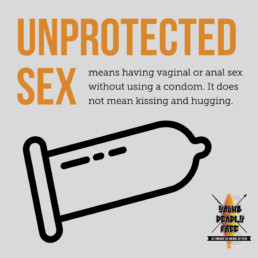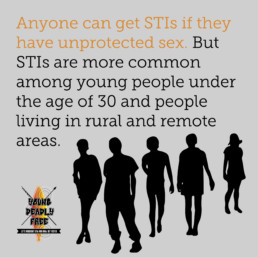Surveillance Data
Information on all newly diagnosed cases of notifiable STIs and BBVs is collected on standard forms which include questions which ask about the probable mode of transmission, country of birth, and Indigenous status.
This information is forwarded to state/territory health departments – without the names of the people who have been diagnosed, just a code for each case. This is known as surveillance – the monitoring of notifiable disease data.
Surveillance data are sent to the Kirby Institute, which produces annual surveillance reports, including Blood-borne viral and sexually transmitted infections in Aboriginal and Torres Strait Islander people: Annual Surveillance Report. These annual reports show the number of new diagnoses in the previous calendar year, statistics on modes of transmission (e.g., anal sex, heterosexual sex, sharing of injecting drug equipment), and rates of STIs and BBVs. Access the 2023 surveillance report here and the Blood borne viral and sexually transmissible infections in Aboriginal and/or Torres Strait Islander peoples 2022 here.
For an overview of the 2019 data on HIV rates among Aboriginal & Torres Strait Islander people and a discussion of the growing divergence between rates for Indigenous and non-Indigenous Australians, see HIV and Aboriginal & Torres Strait Islander Communities in 2019, a booklet produced by the South Australian Health and Medical Research Institute.
Government decisions on investment in STI and BBV prevention, treatment and care are made on the basis of surveillance data, along with findings from research studies and consultations with community advocates.
Young Deadly Free is a project by the University of Queensland Poche Centre for Indigenous Health (formerly the South Australian Health and Medical Research Institute). © UQ POCHE 2024




